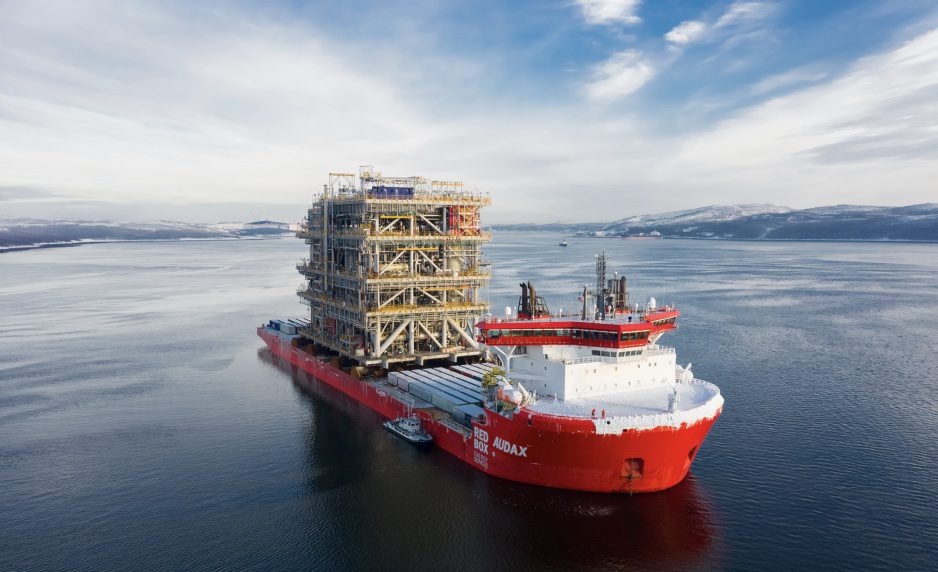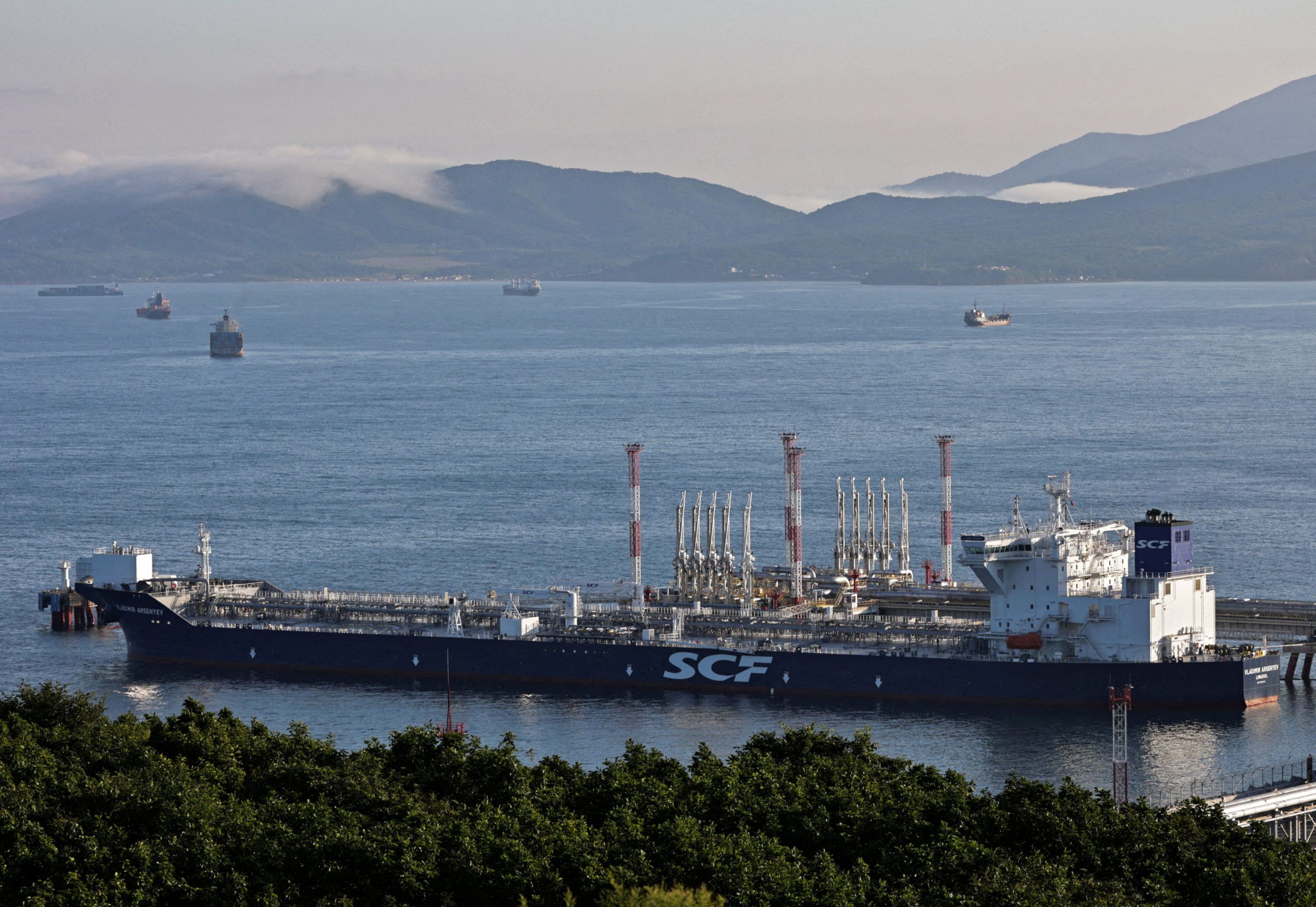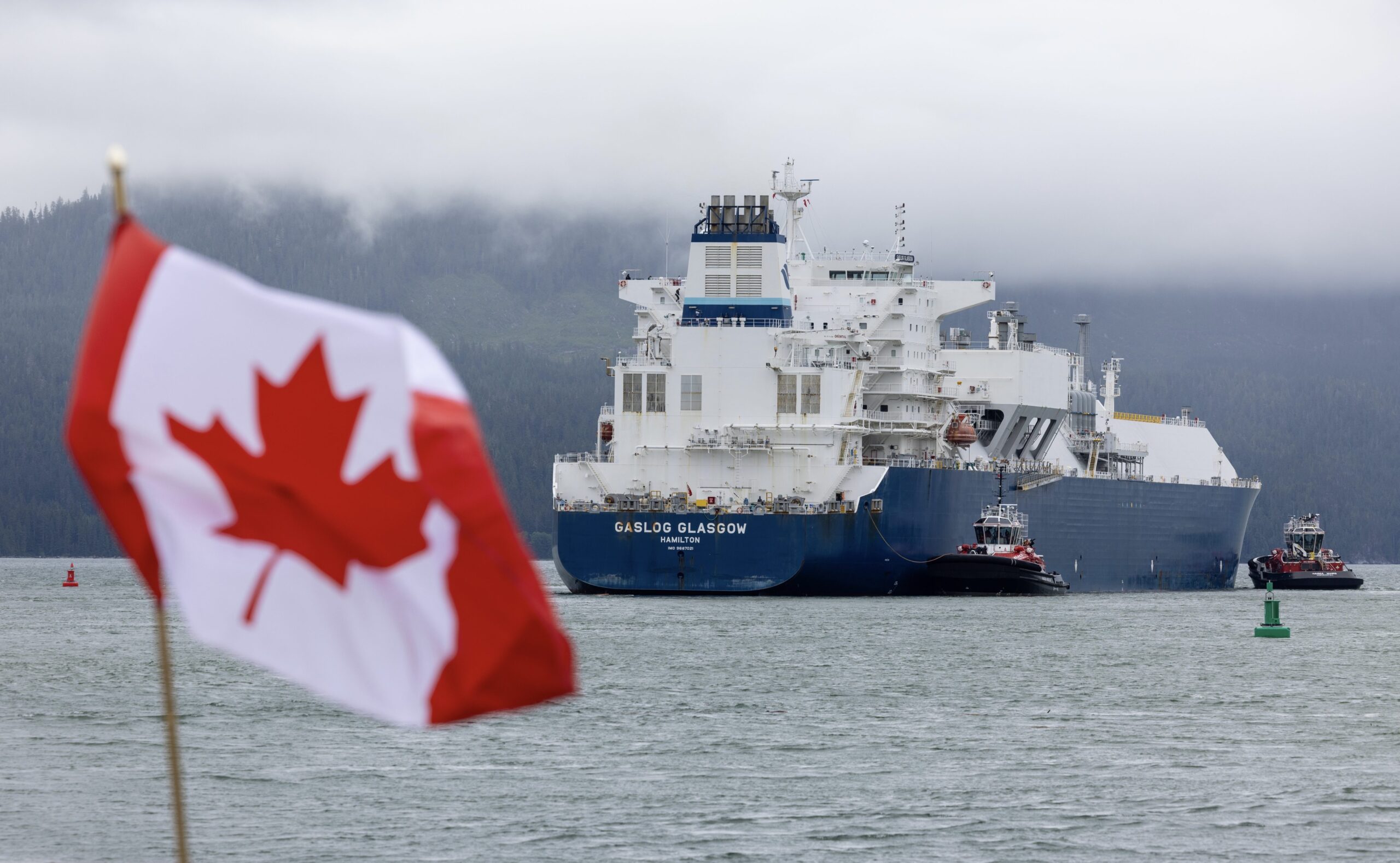Republican Congressman Mike Gallagher (R-WI), the Chairman of the House Select Committee on the Chinese Communist Party, is sounding the alarm on the United States’ “woefully inadequate” sealift fleet capacity to counter China in the event of an Indo-Pacific conflict.
In a letter to U.S. Transportation Command (TRANSCOM) Commander General Jacqueline D. Van Ovost and Maritime Administrator (MARAD) Ann C. Philipps, Gallagher highlighted the significant challenges facing the U.S. sealift fleet.
The sealift fleet is critical for moving equipment across the region in the event of a conflict in the Indo-Pacific. Gallagher noted that almost 90 percent of all Army and Marine Corps equipment used in large-scale overseas operations would need to be transported by ship. However, as China rapidly expands its maritime capabilities, the American sealift fleet remains underfunded and aging.
“While China has undertaken a historic buildup of both military and commercial ships, the American sealift fleet has continued to age and go underfunded,” the letter states.
The congressman referenced one anonymous senior official who described the situation as a “screaming national security vulnerability.”
As of May 2023, the U.S. merchant fleet comprised of just 177 vessels, down from over 600 in 1990, while China’s merchant fleet has grown to more than 5,500 ships, approximately 30 times larger than the U.S. fleet.
Gallagher’s letter also drew attention to the inadequate size and age of the sealift fleet, consisting of just 60 ships between MARAD’s Ready Reserve Force and the U.S. Navy’s Military Sealift Command, a component of TRANSCOM. The fleet’s size is based on decades-old analysis and is further limited by the small number of civilian merchant ships that could boost the sealift capacity in the event of a conflict. MARAD’s Maritime Security Program consists of just 60 participating merchant vessels.
The age of the fleet also poses a problem, with the average age of the 45 ships of the Ready Reserve Force being 45 years old. Seventeen of these ships are 50 years or older.
Congressman Gallagher also highlighted the risks of hiring foreign merchant ships to transport U.S. military equipment in wartime, as there is no guarantee they would be willing to do so.
The letter also pointed out that the lack of experienced American merchant mariners to crew sealift vessels was a “clear and present danger to our national security,” quoting former MARAD Administrator Mark Buzby. The U.S. is short of nearly two thousand mariners that would be needed to crew the available sealift vessels in the Indo-Pacific.
Lastly, Gallagher expressed concerns about the readiness of the sealift fleet. He cited a 2019 readiness exercise that revealed that only 40 percent of the fleet was ready for mobilization. The large-scale turbo activation, meant as a “stress test” of the Ready Reserve Force, tested the fleet’s ability to transition from reduced operating status to fully crewed and full operating status within 5-days. Of the 28 vessels participating, only about 60 percent were considered “ready” and 40 percent were able to get underway in the allotted time.
Gallagher says this lack of readiness could increase risk for overseas servicemembers and calls into question the sealift fleet’s ability to support major operations in the Indo-Pacific.
Gallagher concluded by stressing the urgency of addressing these issues, calling for an immediate expansion of U.S. sealift capacity and focusing resources on restoring deterrence against China.
He asked for written responses to several questions concerning the sealift fleet’s size, age, and readiness by February 28, 2024, to better understand the current state of U.S. sealift capabilities and develop appropriate solutions.
You can read Rep. Gallagher’s letter in full here.

 Join The Club
Join The Club










